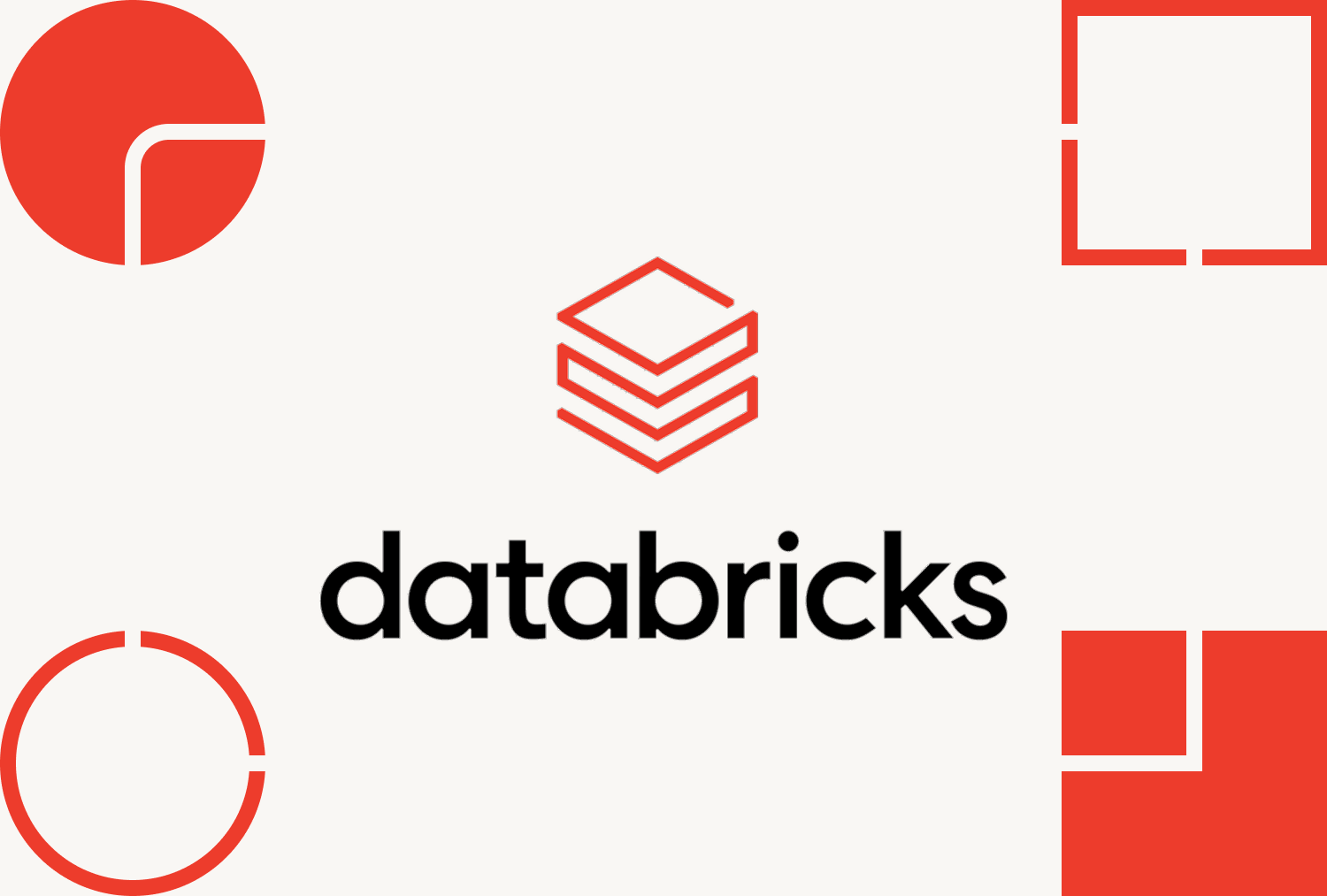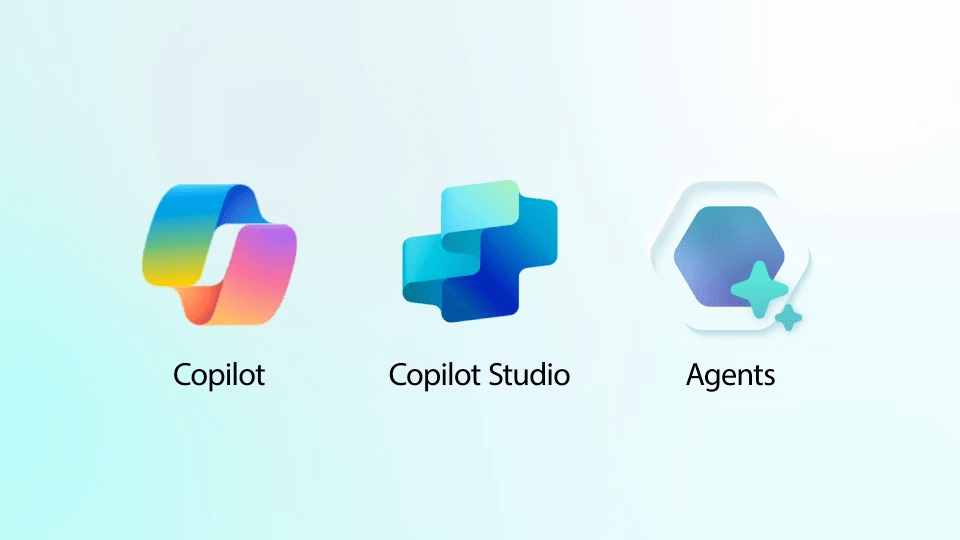The explosion in data volume and complexity, driven by the need for real-time analytics and advances in artificial intelligence (AI), has led many organizations to move away from on-premises infrastructures toward the cloud. In this context, Databricks stands out as one of the leading platforms for data analysis, machine learning, pipeline automation, and collaboration among multidisciplinary teams.
1. What is Databricks?
Databricks is a cloud-based data analytics platform developed by the creators of Apache Spark, designed to simplify the data project lifecycle from start to production. It offers:
- A collaborative notebook environment for Python, SQL, R, Scala, and Markdown.
- Seamless integration between data engineers, data scientists, and analysts.
- Scalable workspaces that can be quickly adapted to the needs of each project.
- An ecosystem that supports everything from data exploration and visualization to training, deployment, and monitoring of AI models.
Additionally, Databricks’ Lakehouse approach combines the best of data warehouses (governance and performance) with the elasticity of data lakes, making data management and security easier.
2. Architecture and Main Components
Databricks architecture is designed for the cloud and is available on the major platforms: Azure, AWS, and Google Cloud.
The essential components include:
- Cluster Manager: It automates the creation, scaling, and termination of clusters, optimizing usage and reducing costs.
- Delta Lake: A transactional ACID storage layer that ensures data integrity, supports the unification of batch and streaming workloads, and enables rollback with Delta Time Travel.
- SQL Editor: An interactive SQL console for on-demand analysis and dashboard creation with shareable visualizations.
- Workflows: Native orchestration of jobs (ETL, ML, data integration, and data transition) with alerts, dependencies, and detailed monitoring.
- Delta Live Tables: Automation and monitoring of pipelines, ensuring data quality in continuous or batch ingestion.
- Collaborative Notebooks: Enable real-time review, auditing, documentation, and sharing.
- MLflow: Complete management of the machine learning and generative AI model lifecycle, from testing to deployment, including tracking, registry, and reproducibility.
- Unity Catalog: Centralised data governance catalogue, offering auditing, fine-grained access control (data mesh), traceability, and compliance—crucial in regulatory contexts such as GDPR.
3. Pricing Model
Databricks uses a pay-as-you-go model, with charges based solely on actual usage:
- DBUs (Databricks Units): Resource units charged per hour, differentiated by plan (Standard, Premium, Enterprise) and purpose (Data Engineering, Warehousing, AI, etc.).
- Cloud Resources: Configurable VMs/instances on the chosen cloud, sized for dynamic or persistent workloads.
- Consumption Commitments: Possibility of annual agreements with discounts proportional to volume, ensuring financial predictability for large-scale operations.
- Full cost transparency, with granular monitoring and consumption alerts.
4. Cost & Flexibility Comparison
| Platform | Pricing Model | Flexibility |
|---|---|---|
| Databricks | Pay-as-you-go (DBU + infrastructure) | High – True elasticity based on consumption |
| Microsoft Fabric | Fixed capacity by v-cores, shareable | Medium – Based on pre-allocated quotas |
| Snowflake | Compute credits + storage | High – Suspended warehouses avoid idle costs |
5. Advanced Features for BI and Data Engineering
- Lakehouse Architecture: Consolidates data warehouse and data lake, supporting storage, analytics, self-service reporting, and data science within the same environment.
- Integrated Machine Learning: Tracking and versioning of ML pipelines, with easy deployment to APIs or batch/stream endpoints.
- Interactive Analytics: High-performance ad-hoc queries without prior data preparation.
- Native Connectors: Power BI, Tableau, Looker, ETL tools, external applications, and data marketplaces perfectly integrated.
- Security and Governance: Auditing, data lineage, masking, and detailed control with Unity Catalog, essential for European regulations.
6. Common Use Cases
- Real-time Dashboards and KPIs: Monitoring of operations, sales, or fraud with continuous updates.
- Batch and Streaming Processing: Massive ELT/ETL across multiple sources, consolidating dispersed data into robust pipelines.
- Personalisation of Experience and Generative AI: Recommendation, customer segmentation, risk scoring, integration with LLMs, and generative algorithms.
7. B2F’s Proposal with Databricks
B2F stands out as a strategic cloud partner, offering:
- Architecture Consulting: Design of efficient pipelines, partitioning strategies, caching, and governance.
- Technical Implementation: Configuration of workspaces, clusters, pipelines, security, and integration with external tools.
- Technical Training: Training teams in Spark, Delta Lake, Unity Catalog, MLflow, and best practices.
- Ongoing Support: Monitoring, performance tuning, troubleshooting, and cost optimization.
By adopting Databricks with expert support, companies unlock superior results: data democratization, scalable operations, controlled costs, and full alignment with analytical and business needs, positioning themselves competitively for the future.






